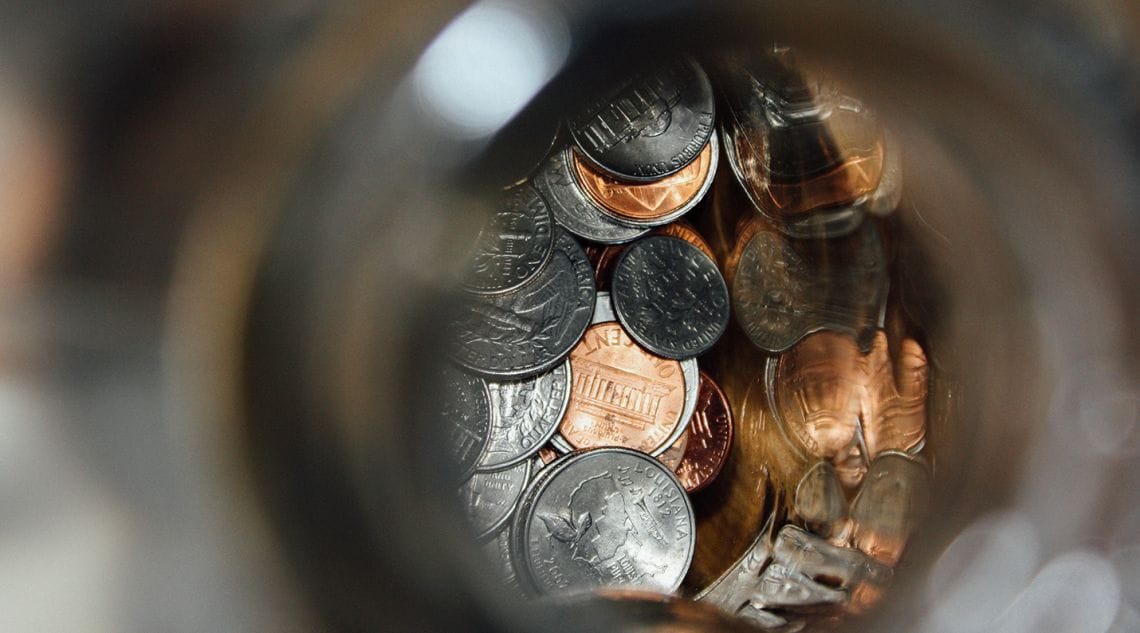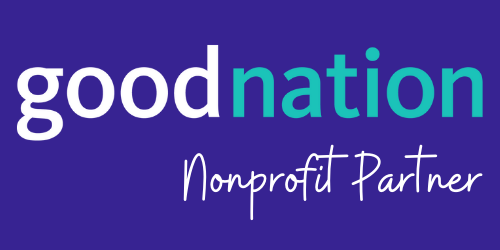The global financial system provides the fuel which feeds the fires of climate change, Bill McKibben recently argued in The New Yorker. McKibben highlights the key role of banks, asset managers, and insurance companies in funding the extractive ventures of fossil fuel giants. The scale is stunning: in the three years since the Paris Agreement was developed, banks have directed over 50 times more financing toward new fossil fuel projects than fossil fuel companies have themselves. Simply put, fossil fuel extraction at the scale we see it today is simply not possible without close partnership with banks and other sources of capital.
However, while the fossil fuel industry needs the finance sector, the finance sector does not need the fossil fuel industry. Fossil fuel projects make up a sizeable but noncritical proportion of most large banks’ portfolios. As fossil fuel financing becomes more of a financial and social risk, some banks, such as Bank of the West and Crédit Agricole, have already started to move away from the sector. McKibben urges consumers to accelerate this trend by moving to sustainable deposit accounts, which don’t fund fossil fuel projects and may also finance renewable energy projects, or to institutions that have exited fossil fuels altogether.
We agree. But what are the steps to helping more people make the switch? Over the past nine months, ideas42 has investigated how to help consumers do just that. We partnered with the financial providers Self Help Federal Credit Union and Aspiration to examine the barriers that prevent people who want to make environmentally sound choices from doing so, specifically by moving to climate-friendly, sustainable deposit accounts.
What’s preventing people from making this switch to climate-friendly deposit accounts? In our work, we’ve found six major factors:
- It’s just a bank: People largely view banking in a neutral light, and unlike the cars we drive or the food we buy, we don’t see our banking choices as a reflection of who we are.
- What are sustainable accounts? Most Americans don’t know about the connection between banks and fossil fuel extraction, and even if they do, they aren’t aware of sustainable alternatives.
- Invisible banking: Unlike other environmental choices, banking behaviors are not commonly discussed or easily observable. This makes it difficult for people respond to and influence others’ behaviors.
- Perception of drops in a bucket: Even if people want to do good with their money, they don’t believe that moving a small amount of money to a sustainable deposit account will make a difference. However, collectively households and small and medium sized businesses represent multi-trillion dollars of deposits in the banks. Even if one percent were mobilized, that would fit the finance gap for climate solutions.
- How to choose? Not all sustainable account options identify themselves clearly. Once people find options, they’re tough to compare, and time and attention are finite, making it hard to choose.
- It’s not as easy as it seems: For the many people who want to switch, a number of hassle factors make it difficult to open the account, transfer information from employers and billers, and ultimately close old fossil-funding accounts.
We released a report, Bank on What You Believe, that describes these and other insights in more detail. The report also includes example design solutions that sustainable financial institutions can use to help environmentally oriented consumers follow through on their intentions.
We’re excited to contribute to the movement toward sustainable financial practices, and we hope that all U.S. financial sector stakeholders will take note and increase the availability of sustainable deposit accounts. It will take all hands on deck to solve the climate crisis. Putting our money where our mouth is is a good place to start.



